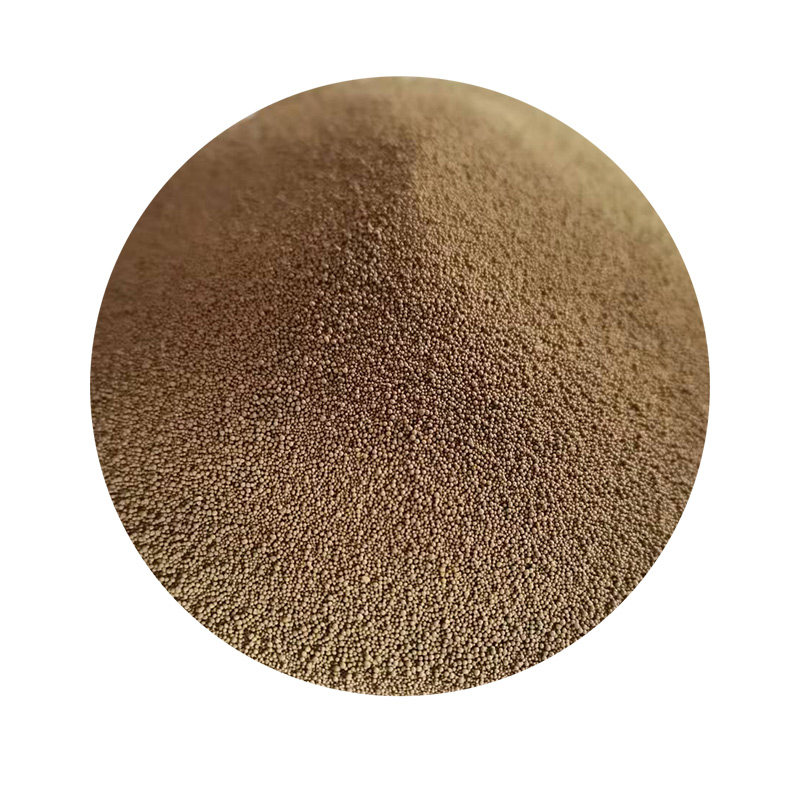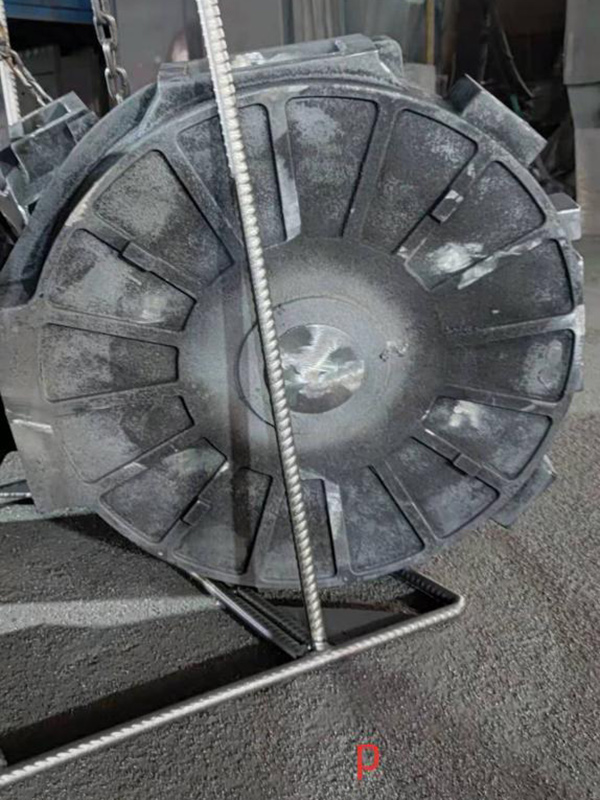

Trustworthiness in metal sand casting is crucial, particularly because the quality of components often dictates the safety and performance of critical infrastructure. Industries such as automotive, aerospace, and construction rely heavily on cast metal parts. A reputable casting provider prioritizes rigorous quality control measures, including X-ray testing and thermal analysis, to ensure each piece meets stringent specifications before dispatch. This rigorous vetting process not only boosts client confidence but also upholds the industry’s safety standards. Moreover, the integration of cutting-edge technology enhances the reliability of metal sand casting. Simulation software, for instance, enables foundries to predict the flow and solidification of metal within the mold, identifying potential defects preemptively. This predictive technology reduces waste, improves yield, and enhances the mechanical properties of the cast metal, thus optimizing resource utilization and efficiency. While the basic principles of metal sand casting remain unchanged, the field has witnessed transformative changes driven by continuous learning and adapting to technological advancements. Companies and individuals involved in the process must not only master the art of traditional techniques but also stay updated on the latest industry trends and regulatory compliances. This holistic approach fosters innovation, supporting businesses to meet the ever-evolving demands for high-quality metal products. In essence, metal sand casting stands as a testament to human ingenuity, combining ancient techniques with modern innovation to create components that are fundamentally integral to modern society. With professionals committed to the craft's excellence and adaptation, metal sand casting continues to forge a path characterized by quality, safety, and reliability. As we look to the future, maintaining the balance between time-honored methods and technological advancements will be key to sustaining the relevance and success of this venerable industry technique. Post time:Bře . 05, 2025 05:16
Next:low volume sand casting
